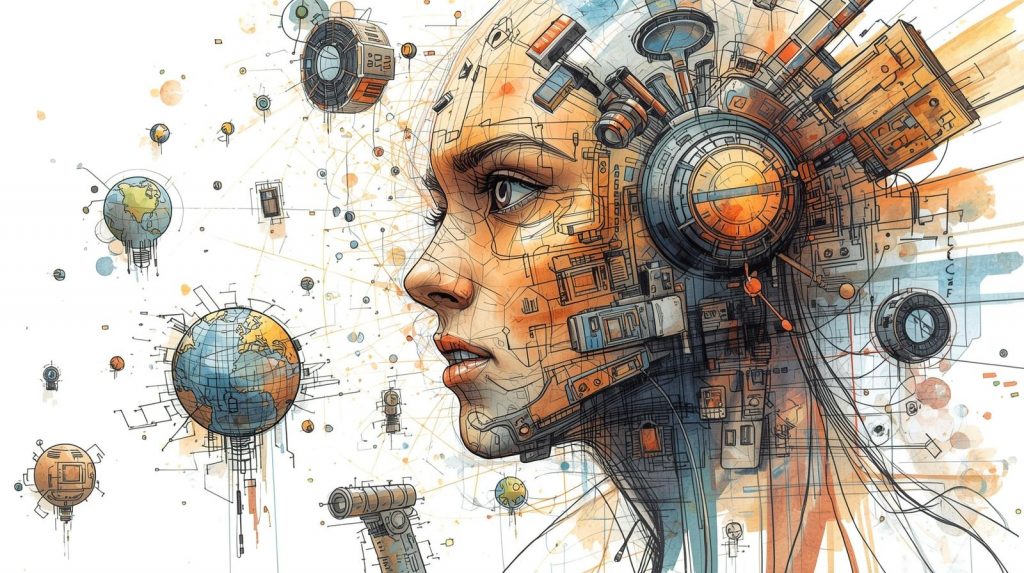
Technology has become an inseparable part of modern society, influencing how people live, work, and connect with one another. From smartphones to social media platforms, digital tools have transformed the way information is shared and relationships are built. One of the most profound areas of change is communication, where technology has redefined speed, accessibility, and the very nature of human interaction.
The Evolution of Communication Through Technology
Communication has evolved from face-to-face conversations and handwritten letters to instant messaging, video calls, and global online communities. The rise of the internet and mobile devices has made it possible to connect with anyone, anywhere, at any time. This shift has not only increased the speed of communication but also expanded the reach of voices across borders and cultures.
Positive Impacts of Technology on Communication
- Accessibility: Technology allows people to stay connected regardless of physical distance, making long-distance relationships and global collaboration possible.
- Speed and Efficiency: Messages can be delivered instantly, enabling real-time conversations and faster decision-making.
- Diverse Platforms: Social media, email, video conferencing, and messaging apps provide multiple ways to communicate, catering to different needs and preferences.
- Inclusivity: Assistive technologies such as speech-to-text and screen readers have made communication more accessible for individuals with disabilities.
Challenges and Concerns
While technology has enhanced communication, it has also introduced new challenges:
- Reduced Face-to-Face Interaction: Overreliance on digital communication can weaken interpersonal skills and reduce meaningful in-person connections.
- Information Overload: The constant flow of messages, notifications, and updates can lead to stress and difficulty focusing.
- Misinformation: The rapid spread of unverified information online can distort public understanding and fuel division.
- Privacy Issues: Digital communication often raises concerns about data security and personal privacy.
The Balance Between Technology and Human Connection
The key to harnessing technology’s benefits lies in balance. While digital tools make communication faster and more convenient, maintaining authentic human connections requires intentional effort. Prioritizing face-to-face interactions, practicing mindful use of devices, and verifying information before sharing are essential steps toward healthier communication in the digital age.
Conclusion
Technology has reshaped society in countless ways, with communication standing at the forefront of this transformation. It has broken down barriers, connected people across the globe, and created new opportunities for collaboration and expression. At the same time, it has introduced challenges that require thoughtful navigation. By embracing the advantages of technology while remaining mindful of its drawbacks, society can foster stronger, more meaningful connections in an increasingly digital world.
Leave a Reply